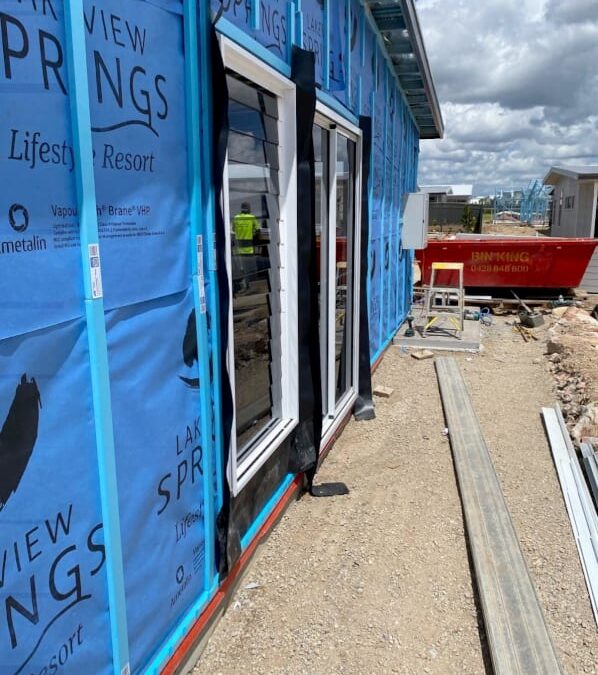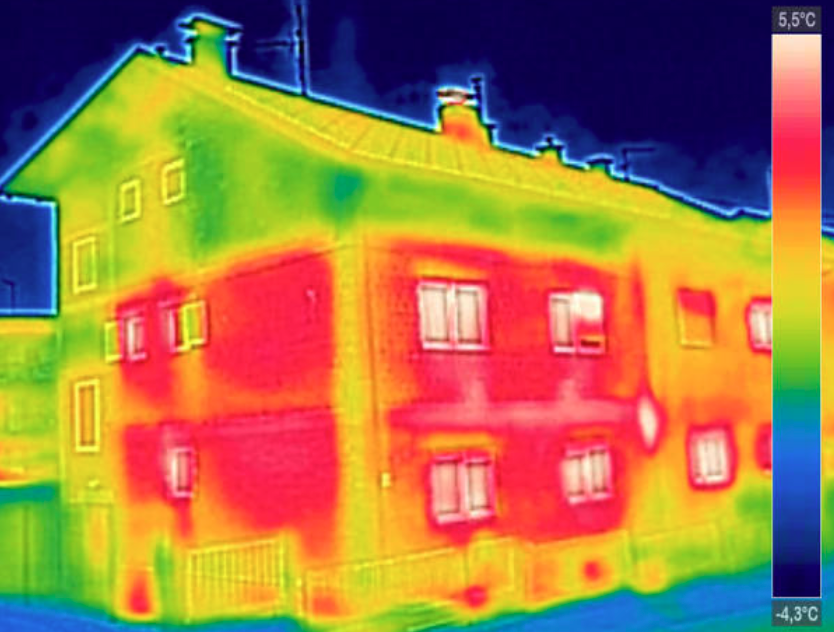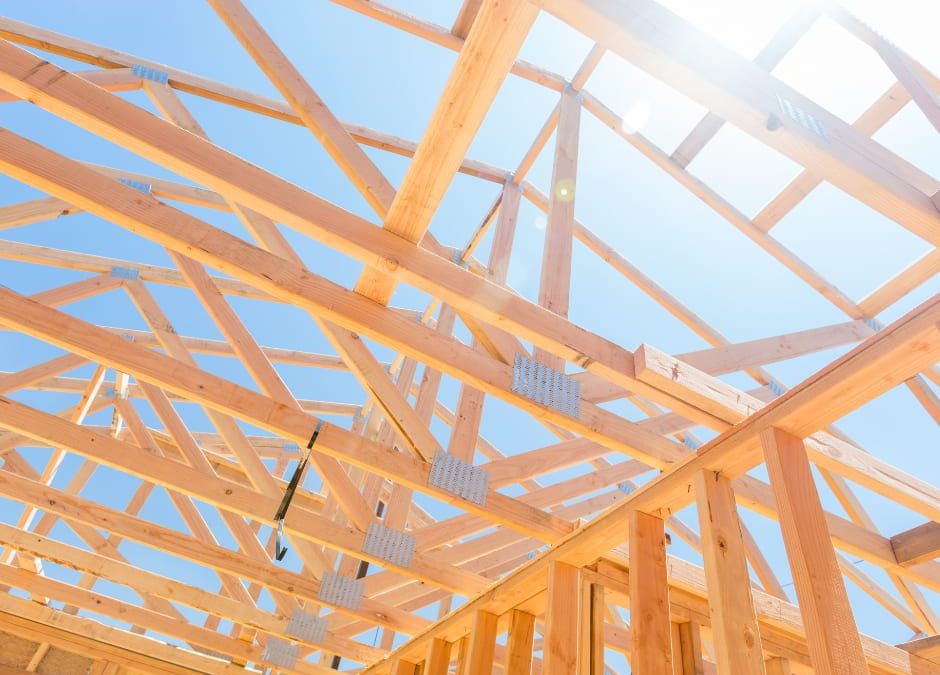
From remote work camps to site offices and classrooms, transportable modular buildings have always been a smart solution for a wide range of Australian industries. But these structures are also subject to some of the harshest climatic conditions, requiring significant insulation and condensation management to provide a comfortable environment for their occupants.
This is where Cavi-Break Strip by Australian Thermal Industries comes in, offering a fresh alternative to other thermal break options that is both more affordable and sustainable for the offsite construction sector.
We are excited to announce that one major business in the sector has already anticipated insulation cost savings of up to 70 per cent could be achieved by replacing their current thermal break system with Cavi-Break Strips, and without impacting total wall R-Values.
The R0.6 offered by the Cavi-Break Strip, as well as an additional R0.2 from the 20mm cavity created by ATI’s product means builders can use cheaper R-Value insulation batts while still attaining the desired overall R-Value for relocatable and prefabricated structures.
ATI Founder Aaron Hinkley said the suitability of the easy-to-install and uniformly sized Cavi-Break Strip to modular buildings was a further demonstration of its incredible versatility. “We know Cavi-Break Strip already works equally well as a thermal break for steel framed construction or a cavity batten for timber framing when it comes to permanent structures,” he said. “We are now seeing strong interest from the offsite construction sector looking to gain both enhanced performance and cost savings.”
“The introduction of our 20mm Cavi-Break Strip will provide better condensation management in modular buildings while also enhancing durability and sustainability. “Builders using these 100% recyclable thermal break strips can achieve a substantial reduction in the density, or R-Value, of wall and ceiling insulation batts required while also moving towards more sustainable construction practices.”
To find out more about ATI you can connect with us on LinkedIn or contact us here.



